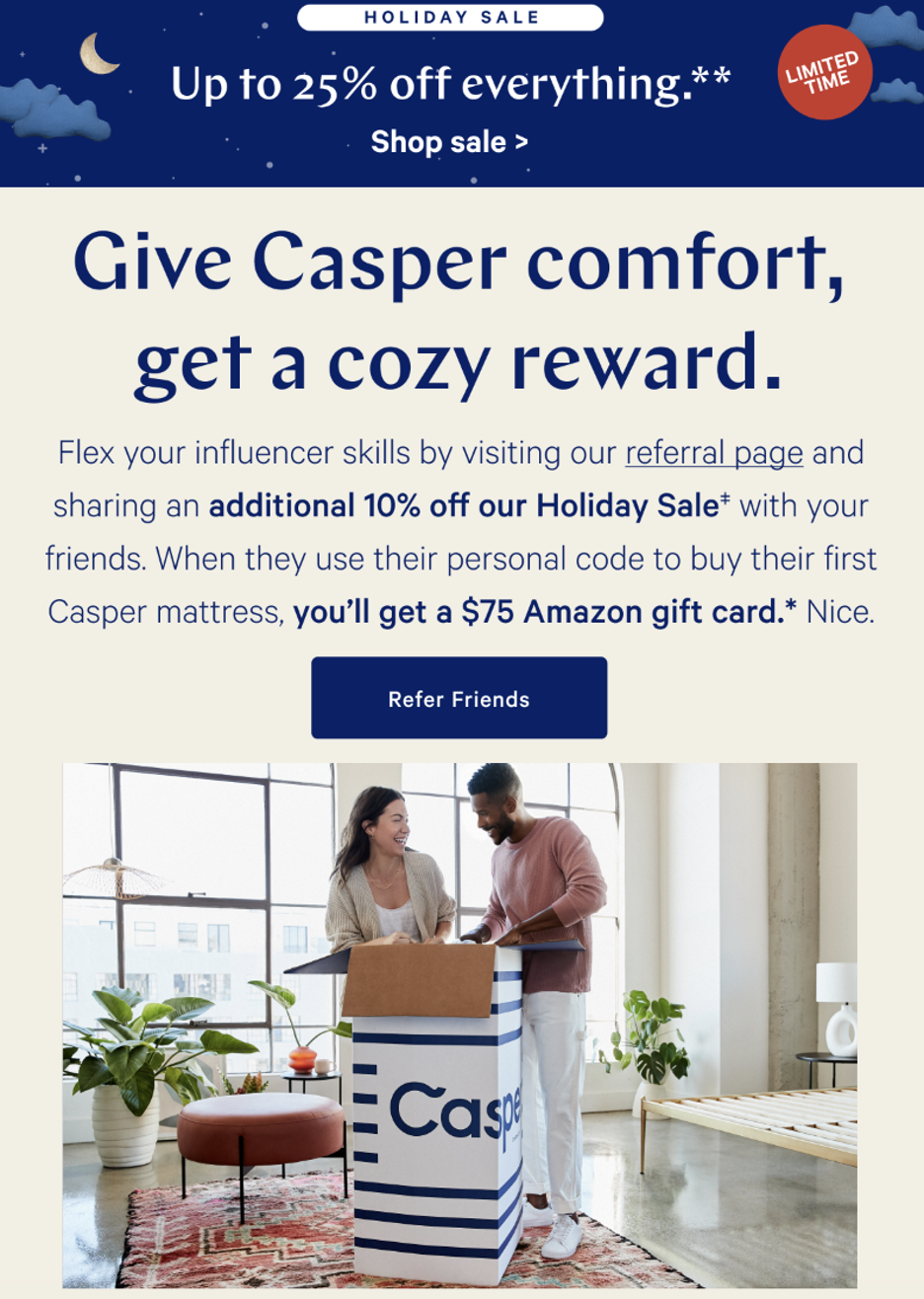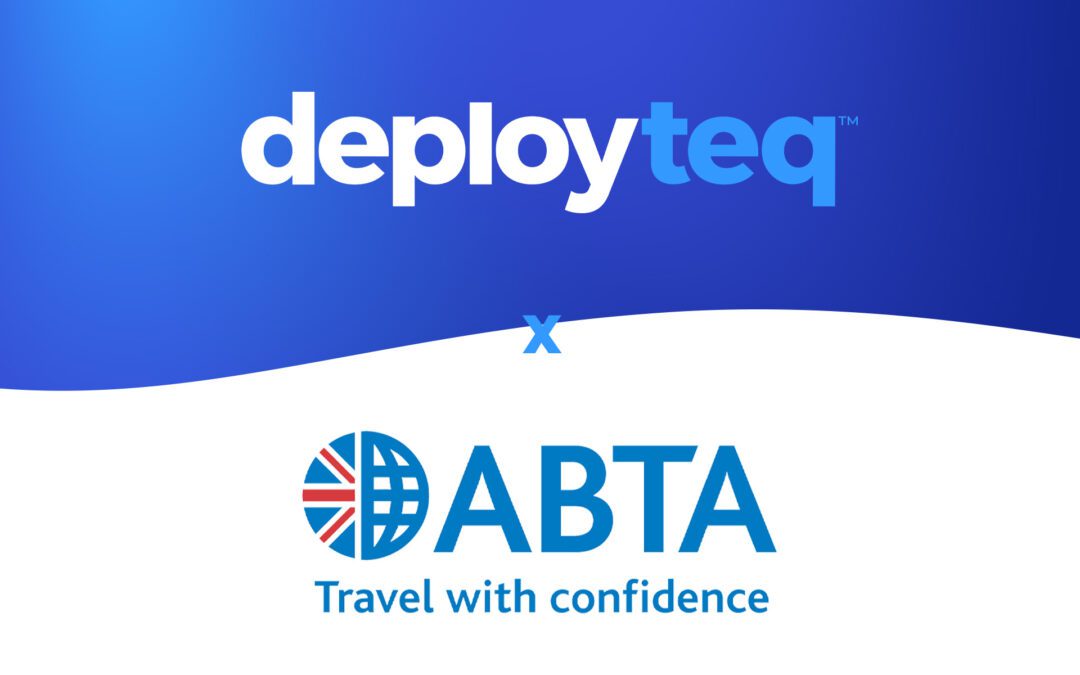For retail brands, gaining new customers isn’t just about offering great products, it’s about engaging with the right people at the right time, in ways that feel personal and relevant.
Marketing automation has become a go-to tool in this process, helping retail brands deliver tailored messages that engage potential buyers and guide them towards making a purchase.
In this blog post, we’ll explore seven practical ways marketing automation can help retail brands boost customer acquisition. From personalised welcome campaigns to re-engagement strategies that turn casual browsers into loyal, long-term customers.
Welcome campaigns for a positive first impression
First impressions are everything, especially in retail, where competition is fierce and customers can be hard to win.
When a potential customer signs up for an account or newsletter, an engaging automated welcome series can set the tone for a positive relationship. And instead of relying on a single, impersonal welcome email, an automated series can deliver a sequence of messages over a period of days. This series can introduce a brand’s story, highlight best-selling products, and offer a first-purchase discount to encourage immediate action.

This process helps to build trust and establish brand familiarity with consumers, which increases the chances that a new subscriber will convert into a paying customer. And by engaging subscribers early on by providing valuable information, retail brands can accelerate customer acquisition right at the start of their journey.

Dynamic product recommendations for hyper-personalisation
One of the most effective ways to drive new customer acquisition is by providing a shopping experience that feels tailored to each individual.
Marketing automation makes this possible through dynamic product recommendations based on a consumer’s browsing history, preferences, or marketing engagement.
For example, if a consumer has been viewing a category of products on a website, retail brands can automatically send personalised email recommendations that highlight similar or complementary items.
These personalised emails are more likely to result in higher engagement and conversion rates due to presenting products that the consumer has already shown interest in. And by automating this process, retail brands can create a personalised shopping experience for each recipient without near-impossible levels of manual effort. Increasing the likelihood of a first sale, and building stronger customer relationships in the process.
Behavioural triggers to engage at the perfect time
Behavioural-triggered emails are another powerful way to engage potential customers at the perfect moment. These emails are automatically sent based on specific actions, such as visiting a product page multiple times, adding an item to a wishlist, or leaving the website after viewing a particular product.

For example, if a consumer repeatedly visits a product page without making a purchase, brands can trigger an automated email offering a discount or a reminder that the item is still available. By responding to consumer behaviour in real-time, retail brands can increase the chances of converting interested browsers into paying customers.
These timely, relevant communications help move potential customers further down the funnel, making customer acquisition more efficient and effective.
Abandoned cart for recovering orders
Cart abandonment is one of the most significant challenges for retail brands, with around 70% of online shopping carts being left behind.
However, marketing automation offers the perfect solution through automated cart abandonment emails. These emails can be triggered to send shortly after a consumer leaves items in their cart without completing a purchase, reminding them of what they left behind and nudging them to return.
Including incentives, such as free delivery or a discount, can further encourage consumers to complete their purchase. Brands can even create a sense of urgency by adding limited-time offers, which can lead to higher conversions.

Furthermore, because cart abandonment emails are highly personalised and relevant, they boast high open rates of almost 40% and conversion rates of over 23%. Making them a no-brainer for any modern retailer.
Referral programs to reach new audiences
Word-of-mouth marketing is incredibly powerful, and referral programs are a proven method of leveraging existing customers to bring in new ones.
Marketing automation can streamline this process by managing it from start to finish. For example, retail brands can automate the creation and sharing of unique referral links, send referral promotions to customers, and track referral conversions with only a little manual input needed.
Customers can receive a referral link with an incentive, such as a discount or reward, to share with friends and family. Marketing automation can then track the referrals and send both the referrer and the referred customer a thank-you message or a discount when the referral results in a purchase. This keeps the process seamless, GDPR compliant, and encourages customers to keep sharing. Driving new customer acquisition effortlessly.


Cross-channel marketing to cover all bases
Marketing automation allows retailers to synchronise their efforts across multiple channels, ensuring that their brand stays in front of potential customers no matter what channel they prefer.
An automated cross-channel marketing campaign could start with an email to a new subscriber, followed by a retargeting ad on a landing page if they don’t engage, and end with a personalised SMS offer.
By coordinating messaging across multiple channels, retail brands create a cohesive and consistent experience for their audience. This approach increases the chances that potential consumers will recognise the brand and explore their product range.
Re-engagement campaigns for lapsed consumers
Consumers who have interacted with a retail brand but haven’t made a purchase represent a valuable but often overlooked group.
Marketing automation can help re-engage these potential customers with targeted re-engagement campaigns. These can remind the consumer of the brand, showcase new products, or offer special incentives to encourage them to purchase.
For example, retail brands can set up an automated email sequence that triggers after 30, 60, or 90 days of inactivity. This process helps to keep a brand front-of-mind, whilst increasing the chances of turning a cold lead into an active customer.

Next steps
Marketing automation provides retail brands with the technology to seamlessly engage potential customers, ensuring that every interaction feels highly relevant, timely, and useful.
By automating processes and campaigns such as those mentioned in this blog post, retail brands can build stronger connections with their audience that drive new customer acquisition.
And with a well-executed automation strategy, retailers can also create a smoother, more personalised shopping experience that keeps them coming back for more.
If you are a retail brand looking to boost your new customer base, then Deployteq can help. Our marketing automation solution is tailored to the unique needs of retailers, and we boast a friendly team who are highly experienced in this industry.
So what are you waiting for? Get in touch today to start growing your customer base.











